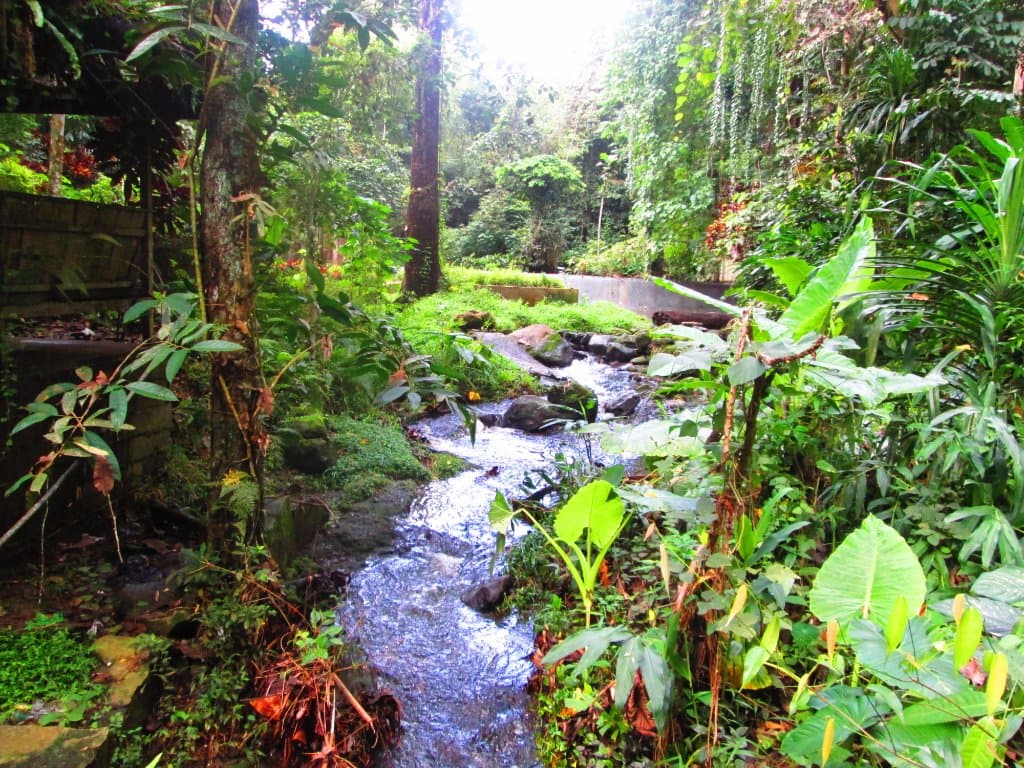
Philippine Eagle Center
A vital sanctuary dedicated to conserving the critically endangered Philippine Eagle, offering educational encounters with this majestic national bird...
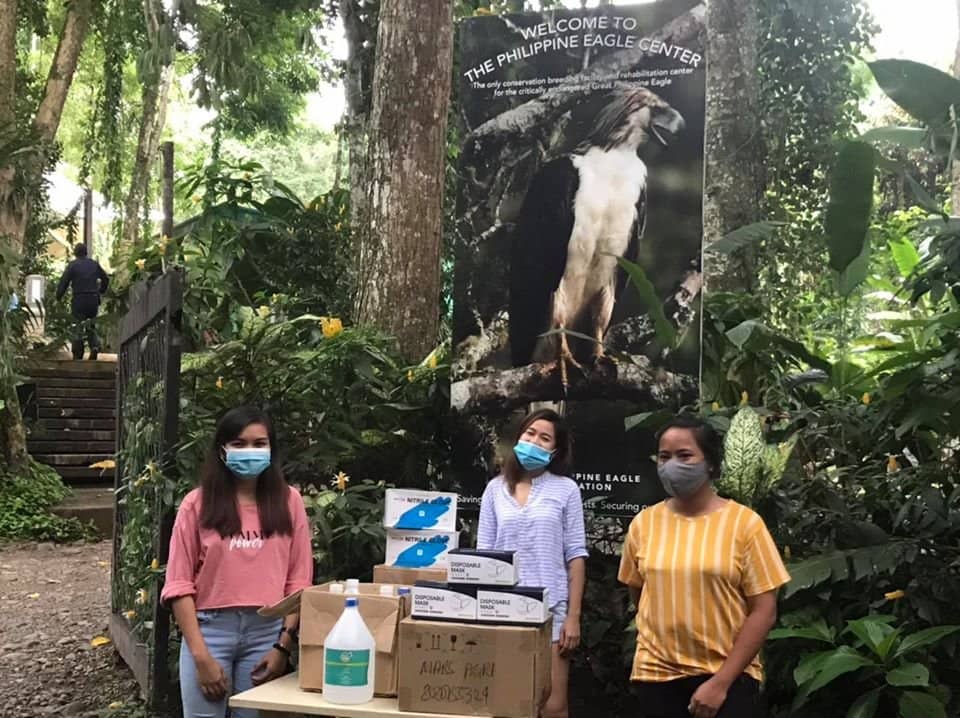
Highlights
Must-see attractions
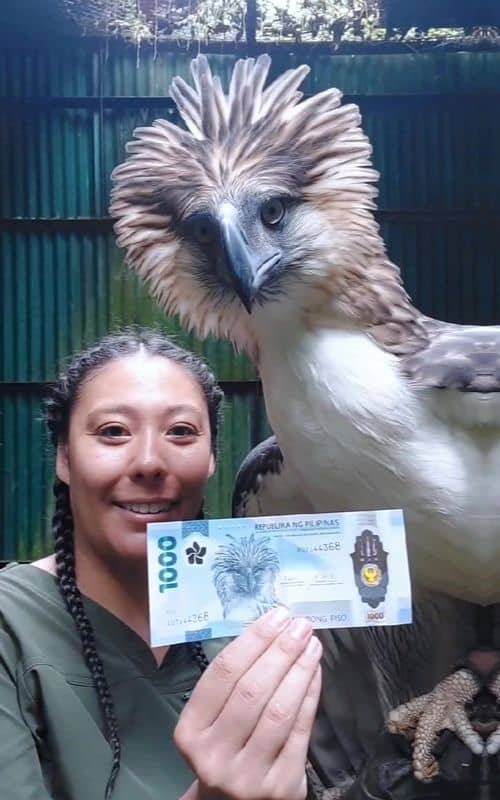
Social
From TikTok & Reddit
Best Time
Eagle feeding time for peak activity

Philippine Eagle Center
Best Time
Eagle feeding time for peak activity

Highlights
Must-see attractions
A vital sanctuary dedicated to conserving the critically endangered Philippine Eagle, offering educational encounters with this majestic national bird.
"Seeing the majestic Philippine Eagle up close makes the trip absolutely worth it for any nature lover."
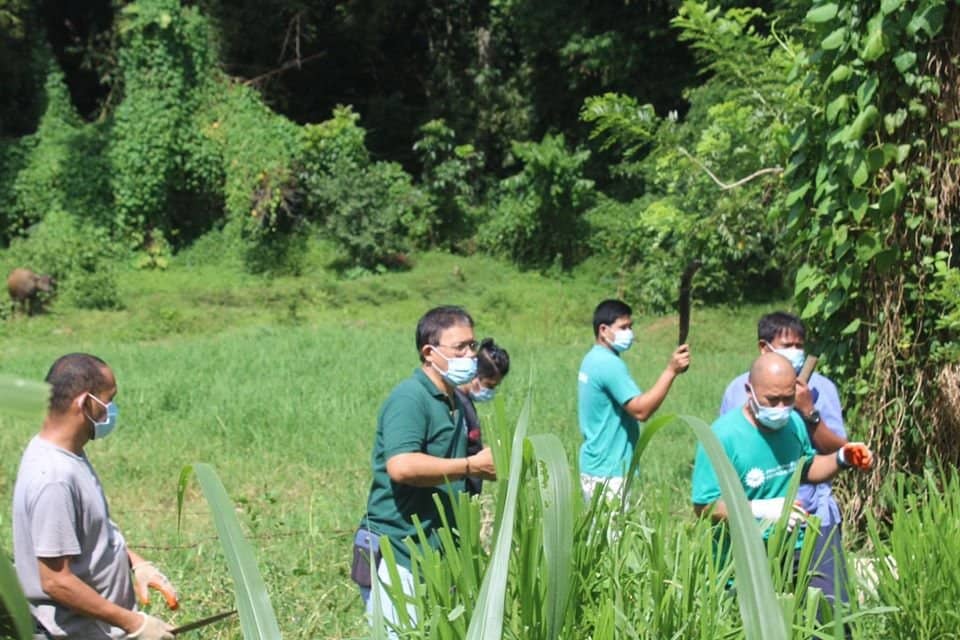
🎯 Commute Smartly
Take a van to Calinan, then a local jeepney/tricycle. Allow ample travel time! :bus:
⏰ Catch the Feeding Frenzy
Aim for 10 AM to see the eagles at their most active during feeding. :clock:
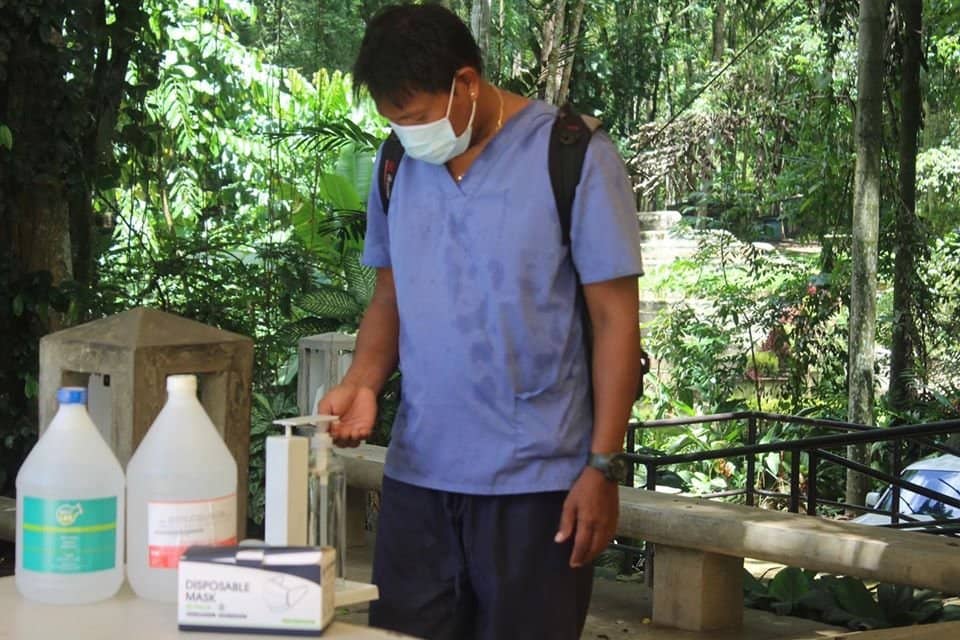
Highlights
Discover the most iconic attractions and experiences
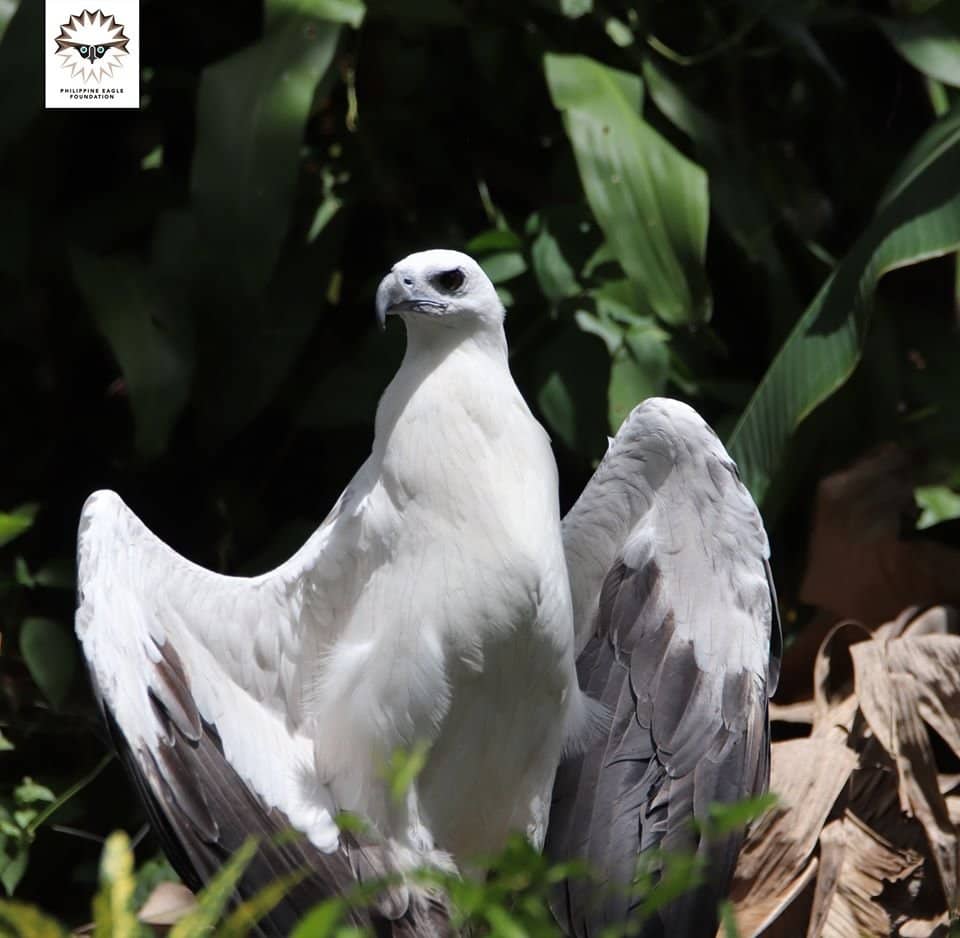
The Majestic Philippine Eagle
Eagle Enclosures
Witness the national bird of the Philippines, a critically endangered raptor with a striking gaze.
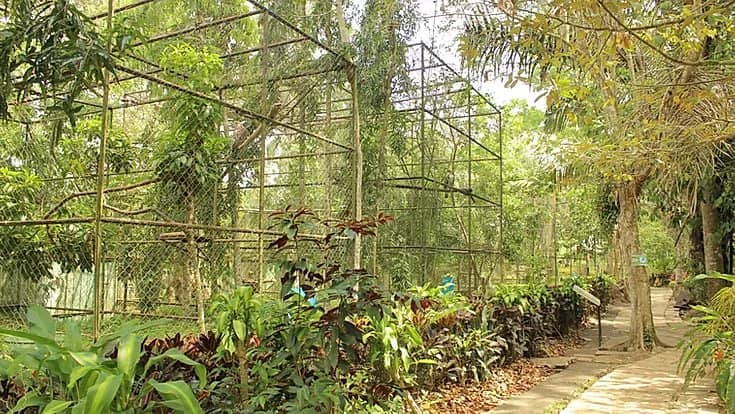
Conservation Breeding Program
Breeding Facilities (viewable areas)
Learn about efforts to breed and conserve this iconic species through artificial insemination.

Diverse Wildlife Sanctuary
Various Animal Enclosures
Encounter other fascinating creatures like owls, monkeys, deer, and crocodiles in naturalistic habitats.
Plans like a pro.
Thinks like you
Planning Your Visit
Commuting to the Center
Timing Your Visit for Activity
Best Times
Insider Tips
from TikTok, Instagram & Reddit
🎯 Commute Smartly
Take a van to Calinan, then a local jeepney/tricycle. Allow ample travel time! :bus:
⏰ Catch the Feeding Frenzy
Aim for 10 AM to see the eagles at their most active during feeding. :clock:
💰 Support Conservation
Your entrance fee directly aids vital conservation efforts for the Philippine Eagle.
👟 Wear Comfortable Shoes
You'll be doing a good amount of walking on natural terrain. :athletic_shoe:
Tips
from all over the internet
🎯 Commute Smartly
Take a van to Calinan, then a local jeepney/tricycle. Allow ample travel time! :bus:
⏰ Catch the Feeding Frenzy
Aim for 10 AM to see the eagles at their most active during feeding. :clock:
💰 Support Conservation
Your entrance fee directly aids vital conservation efforts for the Philippine Eagle.
👟 Wear Comfortable Shoes
You'll be doing a good amount of walking on natural terrain. :athletic_shoe:
📸 Capture the Moment
Bring your camera! The eagles are incredibly photogenic, especially with their unique eyes. :camerawithflash:
What Travellers Say
Reviews Summary
Visitors consistently praise the opportunity to see the majestic Philippine Eagle up close, highlighting its inspiring presence and the center's vital conservation work. While some note that tours can be self-guided and animal activity varies, the overall experience is deemed worthwhile, especially for its educational value and contribution to wildlife protection. The reasonable entrance fee further enhances the positive sentiment.
"My visit to the Philippine Eagle Center was a memorable one, especially for the chance to see the majestic Philippine Eagle up close—a rare and inspiring experience for any nature lover. The animals looked healthy and well-cared for, and it was delightful to see the monkeys playfully reacting to our presence, showing just how lively and alert they are in their enclosures.
The tour was fairly quick, mainly because there were no scheduled animal exhibitions or guided tours during our weekday visit, which I understand may be part of their regular operating limitations. However, it would have been more engaging if the staff were more accommodating, especially in guiding guests on where to go or how to best navigate the area. Having a tour guide or at least more signage would definitely enhance the experience.
The entrance fee as of August 2025 was ₱150 per person, plus an environmental fee of ₱5 at the gate—very reasonable considering the conservation efforts the center supports.
While a few animals seemed a bit stressed, and the experience felt more self-guided than interactive, seeing the Philippine Eagle in person makes the trip absolutely worth it. It’s a good place for a short, educational visit, especially if you're passionate about wildlife conservation and biodiversity in the Philippines."
Michael Zante
"Visiting the Philippine Eagle Center in Malagos, Davao City is a truly unforgettable experience. Nestled in a lush forested area, the center offers a close encounter with the country’s national bird, the majestic Philippine Eagle, while also serving as a reminder of the importance of wildlife conservation. Walking through the 8-hectare sanctuary, you’ll see not only the eagles but also other fascinating animals like owls, deer, and crocodiles. The guided talks and interactive exhibits make the visit both educational and inspiring, giving you a deeper appreciation of the eagle’s role in the ecosystem and the challenges it faces in the wild. What makes the trip even more meaningful is knowing that every entrance fee and souvenir purchase supports ongoing conservation programs. The peaceful environment, rich greenery, and chance to witness one of the world’s rarest eagles up close make the Philippine Eagle Center a must-see destination when exploring Davao."
Chris John Ladiana
"A Memorable Visit to the Philippine Eagle Center, Davao
Our family had a wonderful time exploring the Philippine Eagle Center in Davao. It was a unique and meaningful experience—especially for the kids, who were excited to see animals they’d only seen in books or on TV.
The highlight of our visit was seeing the Philippine Eagle up close—majestic, powerful, and truly one of a kind. The star of the center, Viggo, was a special moment for us. He’s not only an ambassador for conservation but also featured on the front of our P1,000 bill, which made the encounter even more memorable for the kids.
Beyond the eagles, there were plenty of other animals to see—monkeys, crocodiles, and several species of birds including owls and hawks. Each enclosure had informative signs that helped us learn about the animals and their conservation status. The center does a good job of keeping the place shaded and natural, so walking around was comfortable even during midday.
The kids especially enjoyed the lush, green surroundings and had fun spotting the animals inside their forest-like enclosures. One of our favorite photo spots was the little archway covered in vines and foliage—perfect for a family picture.
We left feeling more connected to Philippine wildlife and more appreciative of efforts to protect endangered species like our national bird. If you ever find yourself in Davao, this is a must-visit for families, nature lovers, and anyone wanting to teach kids about the importance of conservation."
Chad Man
What People Like
What People Dislike
Frequently Asked Questions
🚇 🗺️ Getting There
To reach the Philippine Eagle Center from Davao City without a car, take a van from Bangkerohan terminal to Calinan. From Calinan, you can catch a local jeepney or tricycle that goes directly to the center. The journey typically takes about 1 to 1.5 hours.
Yes, it is accessible by public transportation. You'll need to combine van and local jeepney/tricycle rides. It's advisable to ask locals for the most current routes and schedules upon arrival in Calinan.
The Philippine Eagle Center is located in Malagos, which is approximately an hour's drive from Davao City, depending on traffic conditions and your mode of transport.
Yes, there are parking facilities available for visitors who choose to drive their own vehicles or hire a private car.
While ride-sharing apps might be available in Davao City, their service might be limited or unavailable directly to the center due to its location. It's best to confirm availability beforehand or rely on local transport options.
🎫 🎫 Tickets & Entry
The entrance fee for the Philippine Eagle Center is typically around PHP 150 per person, with an additional PHP 5 environmental fee collected at the gate. Prices may vary, so it's always good to check for the latest rates.
Information on specific discounts for students or seniors is not always readily available online. It's recommended to inquire directly with the center upon arrival or contact them in advance.
Advance booking is generally not required for individual visitors. However, for group tours or special events, it's advisable to contact the center beforehand.
The center is usually open daily, but specific operating hours can vary. It's best to check their official website or social media pages for the most up-to-date information on opening and closing times.
Sometimes, student volunteers offer free guided tours. However, this is not always guaranteed, and the availability might depend on the day of your visit.
🎫 🧭 Onsite Experience
To see the eagles at their most active, aim for their feeding time, which is usually around 10 AM. This is when they are most likely to be visible and engaged.
Yes, guided tours are often available, typically led by student volunteers. These tours provide valuable insights into the eagles' behavior and the center's conservation efforts.
Besides the majestic Philippine Eagles, you can also see other fascinating wildlife such as owls, monkeys, deer, and crocodiles in their naturalistic enclosures.
Absolutely! The center offers an educational and engaging experience for children, allowing them to learn about wildlife conservation and see animals they might only have seen in books.
A typical visit can last from 1 to 2 hours, depending on your interest level and whether you take a guided tour. Some visitors find it a quick educational stop, while others spend more time observing the animals.
📸 📸 Photography
Yes, cameras are allowed, and it's highly recommended to bring one! The Philippine Eagle is a magnificent subject for photography, known for its intense gaze.
The viewing areas in front of the eagle enclosures offer the best vantage points. Try to capture their full profile and their distinctive facial features.
It's generally advisable to avoid using flash photography, especially when photographing animals, as it can startle or distress them. Always check for specific signage regarding flash use.
Yes, you can photograph the other animals housed at the center, such as monkeys, owls, and crocodiles, from designated viewing areas.
Be patient, as eagles may not always be looking directly at you. Focus on capturing their powerful presence and unique characteristics. Early morning light can also be beneficial.
For Different Travelers
Tailored advice for your travel style
👨👩👧 Families with Kids
Beyond the eagles, the presence of other animals like monkeys, deer, and crocodiles adds to the excitement for younger visitors. The lush, green surroundings provide a pleasant atmosphere for a family stroll. Consider visiting in the morning around 10 AM to catch the eagles during their feeding time, ensuring maximum engagement for the children.
🌿 Nature Enthusiasts & Conservationists
Engage with the educational materials and, if available, join a guided tour to understand the ecological importance of the eagles as forest guardians. Your visit directly supports these vital efforts, making it a meaningful experience for anyone committed to protecting endangered species and their habitats.
📸 Photographers
Early morning visits, around feeding time, can yield more active shots. While flash is generally discouraged to avoid disturbing the birds, experiment with natural light and slower shutter speeds to capture the majesty of these raptors. Don't forget to capture the unique beauty of other animals at the center as well.
Deep Dives
In-depth insights and expert knowledge
The Philippine Eagle: A Symbol of Hope
The Philippine Eagle Center, located in Malagos, Davao City, plays a crucial role in the survival of this species. It serves as a sanctuary and a vital breeding facility, working tirelessly to increase the eagle population through carefully managed programs. These efforts include cooperative artificial insemination, a testament to the dedication of the center's keepers and scientists.
Visitors to the center contribute directly to these conservation efforts. Every entrance fee and souvenir purchase helps fund the research, rehabilitation, and breeding programs essential for the Philippine Eagle's future. It's a chance to connect with nature and actively participate in protecting one of the world's most endangered and majestic birds.
A Day at the Center: What to Expect
While the main attraction is undoubtedly the Philippine Eagle, the center also houses other fascinating animals, including various species of owls, monkeys, deer, and crocodiles. These enclosures are designed to mimic their natural habitats, offering a glimpse into their behavior. Informative signage at each enclosure provides details about the animals and their conservation status, making the visit educational for all ages.
For the best experience, try to time your visit for the morning feeding sessions, usually around 10 AM, when the eagles are most active. While some visitors note that the experience can feel self-guided, especially on weekdays without scheduled exhibitions, the opportunity to see these rare birds up close is widely considered worth the trip.
Conservation in Action: Breeding and Rehabilitation
Keepers like Lohwana Halaq develop deep bonds with the eagles, which is crucial for the success of the CAI program, as eagles tend to bond with a single keeper. This human-imprinted relationship helps stimulate natural breeding behaviors, contributing to the next generation of eagles.
Beyond breeding, the center also serves as a rehabilitation facility for injured eagles. Birds like 'Fighter' were rescued and cared for, even if they can no longer fly. These efforts highlight the center's commitment to protecting every individual eagle and ensuring the species' long-term survival.
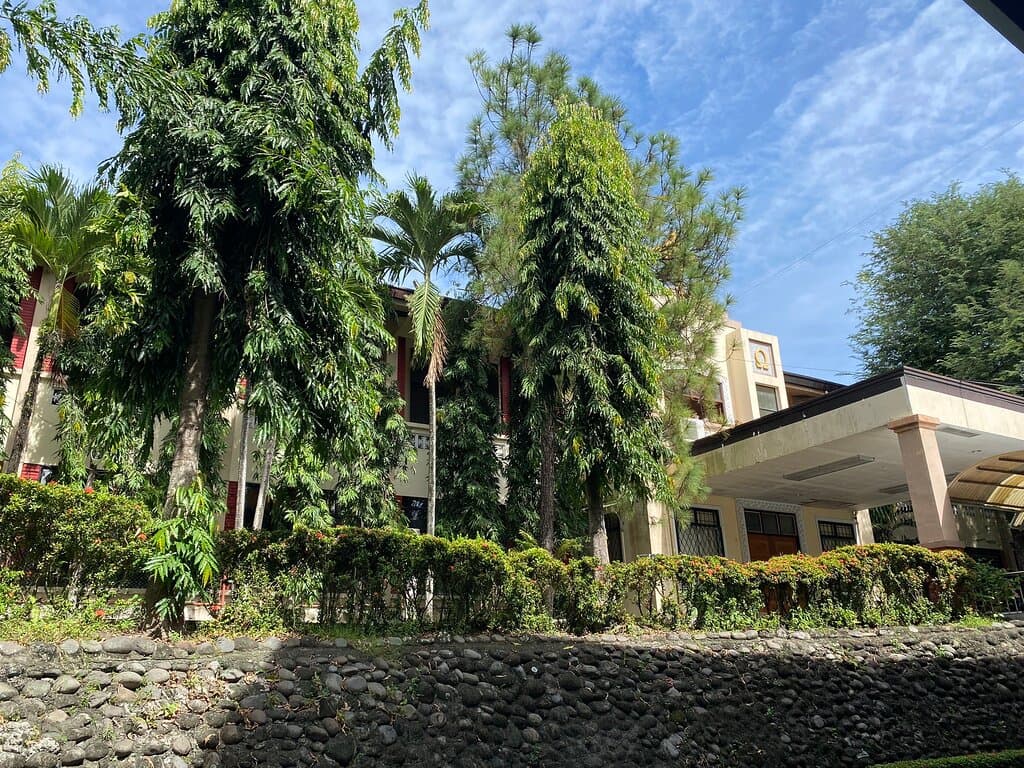

Social
from TikTok, Instagram & Reddit